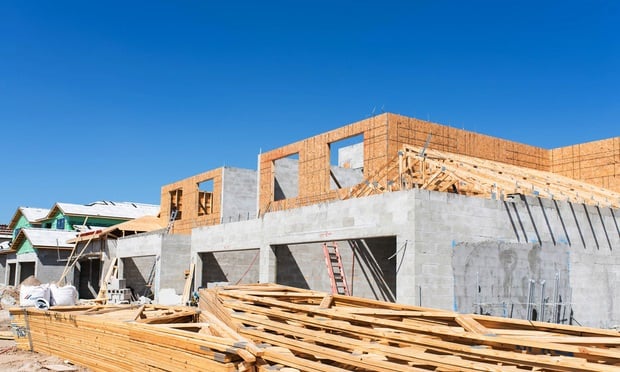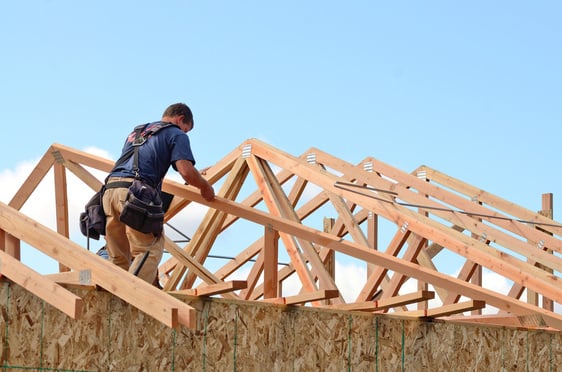Just a few hours before accepting an award by the Urban Land Institute’s Terwilliger Center for Workforce Housing, developer Jonathan Rose told me that his 186-unit, mixed-income Tapestry project along East Harlem’s 125th Street Corridor is “a real example” of doing the right thing. “And when you do the right thing,” he said, “it makes your approvals easier and it makes your financing easier.”
That sentiment rang true for another one of the company’s projects, too. Days later, Jonathan Rose Cos.’ architecturally handsome Via Verde complex in the South Bronx received a rave review from the New York Times, and with good reason: the face of affordable housing is transforming both physically and socially, and Via Verde and Tapestry are prime examples of that. Gone are the days of lifeless brick-and-concrete slabs; these structures are now equipped with the green features and amenities of a market-rate building, all within a price that a working- or middle-class family could afford.
But these developments should not be confined to upper Manhattan and the Bronx alone. Where it should happen next is the fast-growing live/work neighborhood of Lower Manhattan.
Since 9/11, data from the Downtown Alliance shows that Lower Manhattan has added 7.2 million square feet of residential space over the last 10 years. In time, that number is expected to grow. Ten buildings with 2,546 units are scheduled to open by 2014, which includes Gehry’s dizzying 76-story Beekman Tower at 8 Spruce St., as well as many luxury rentals in Battery Park City.
But this type of prime real estate doesn’t come cheap. According to Citi Habitats, average prices for rentals in Lower Manhattan went from $2,954 per month in 2007 to 3,934 per month in mid-2011, a 33% increase.
As the neighborhood continues to change and diversify from a financial center to a creative services and education hub, multifamily developers must acknowledge that salaries in these industries are considerably lower than that of the finance sector. Given the diversifying tenant base and shift in the economy, a diversified selection of housing must reflect that. I can’t imagine an entry-level teacher at Stuyvesant High School or a junior editor at Conde Nast paying rents of upwards of $3,000 a month for an apartment in Battery Park City or TriBeCa. On a salary of $30,000 to $40,000 annually, it just won’t happen.
As a result, these professionals may decamp for Brooklyn, Queens or New Jersey, where rents are lower, but the commute is considerably longer. That, to me, doesn’t sound like the live/work utopia branded by the real estate industry; it looks more like a planned community reserved exclusively for the six-figure crowd that can pay for it.
What needs to change Downtown is the way we think about housing, just like Via Verde has done for the Bronx. A great alternative that planners can use is the 50/30/20 program, where 50% of the apartments are market-rate, 30% are moderate income and 20% are affordable. That mix of incomes can truly reflect the changing demographics and diversity of its workforce. That’s when Lower Manhattan will really become a “live/work” success.
Want to continue reading?
Become a Free ALM Digital Reader.
Once you are an ALM Digital Member, you’ll receive:
- Breaking commercial real estate news and analysis, on-site and via our newsletters and custom alerts
- Educational webcasts, white papers, and ebooks from industry thought leaders
- Critical coverage of the property casualty insurance and financial advisory markets on our other ALM sites, PropertyCasualty360 and ThinkAdvisor
Already have an account? Sign In Now
*May exclude premium content© 2024 ALM Global, LLC, All Rights Reserved. Request academic re-use from www.copyright.com. All other uses, submit a request to [email protected]. For more information visit Asset & Logo Licensing.








